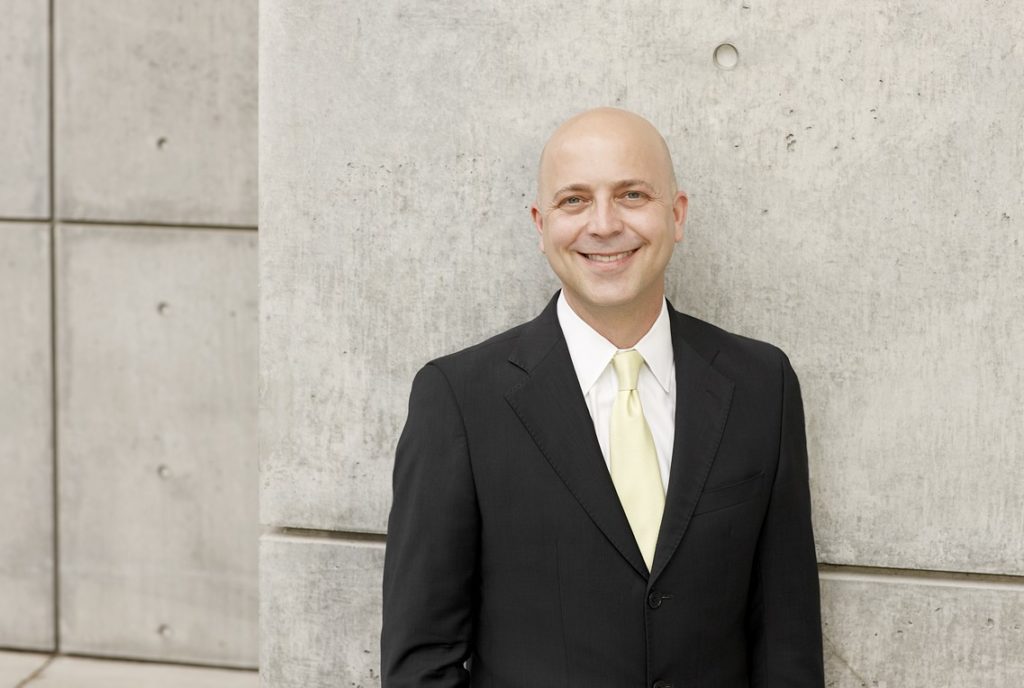People
Museum Veteran Joins Sean Kelly Gallery in Latest Nonprofit-Commercial Crossover
Jeffrey Grove will handle publications and museum outreach for the New York gallery.

Jeffrey Grove will handle publications and museum outreach for the New York gallery.

Julia Halperin

A former curator at the Dallas Museum of Art has become the latest museum professional to jump from the nonprofit to the commercial sector. This week, Jeffrey Grove joins New York’s Sean Kelly Gallery as director of museums and publications. The move comes swiftly on the heels of another high-profile crossover into the gallery world: the New York Times journalist Randy Kennedy’s appointment as director of special projects for mega-gallery Hauser & Wirth.
Grove will be tasked with managing Sean Kelly’s growing publications program and facilitating its artists’ participation in museum shows. At any given time, the gallery’s roster of artists may be involved in as many as 40 to 60 exhibitions at institutions around the world, Sean Kelly says.
“We regard this as an investment in the future of the gallery and the artists,” Kelly tells artnet News. “If there is a curator at the Guangzhou Biennial or, in the future, the Senegal Biennial, who is working with a specific set of ideas or themes, and if there are artists in our program we think they should know about, we want to make sure we are ahead of the curve and communicating.”
Grove has sterling museum credentials. He is a former curator for the Cleveland Museum of Art (2001-2004), the High Museum of Art in Atlanta (2005-2009), and the Dallas Museum of Art, where he served as curator of contemporary art from 2009 to 2014. Since leaving Dallas, he has been working in New York as a freelance curator.
“As the market has changed over the last decades, the relationships between institutions and galleries have become much more porous,” Kelly says. This porousness has resulted in a growing number of museum leaders crossing over to the commercial side. Eric Shiner, the former director of the Andy Warhol Museum joined Sotheby’s last year, and Arnold Lehman, the former director of the Brooklyn Museum joined Phillips as a senior advisor in 2015.
While still somewhat rare, such transitions are considerably more common than they were when Kelly himself left his position as director of Visual Arts for the Bath Festival to set up his eponymous art dealership almost 30 years ago. “I can remember being told at the time by my colleagues and peers, ‘If you make this move you may never be able to come back.’ Well, there is a roster of people who have subsequently made that move,” Kelly says.
Grove wagers that his background will help him effectively serve two masters: the gallery’s artists and overworked curators. “I understand the challenges curators and museums face in terms of the amount of information everyone is inundated with,” he says. “And as someone who bought art from lots of galleries as a curator, I know there were not many galleries reaching out to me in that way.”
Both Kelly and Grove are aware that the collapsing boundaries between the commercial and nonprofit spheres can create the potential for conflict of interest. In separate interviews about Grove’s new role, both men used the word “ethics” unprompted, noting that they share a common desire to respect curators’ scholarly independence. Grove says: “I think that the contemporary art world is a very conflicted place and I come from a nonprofit background where the concerns are different from the commercial sphere. It’s important to talk about what that means.”